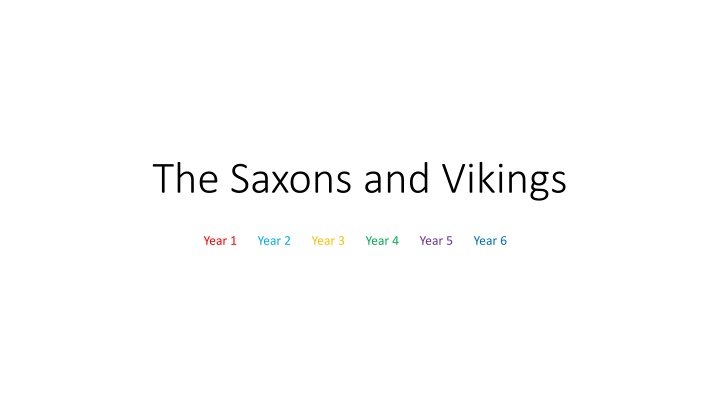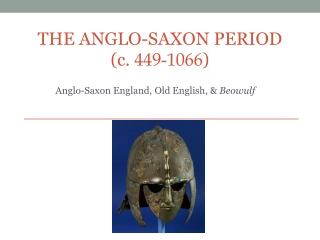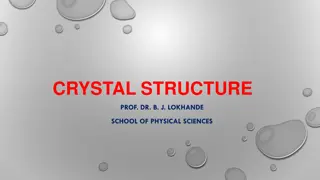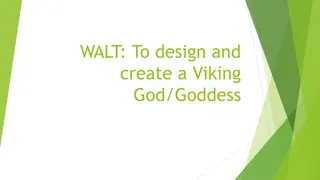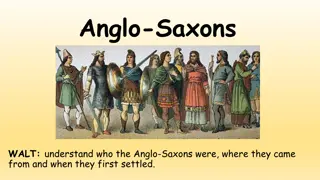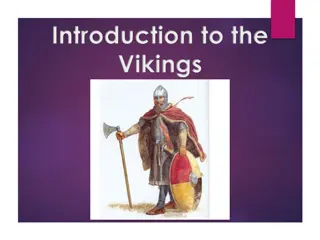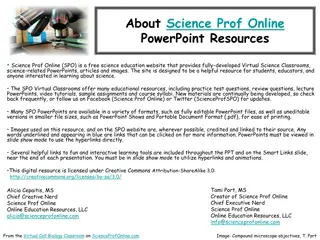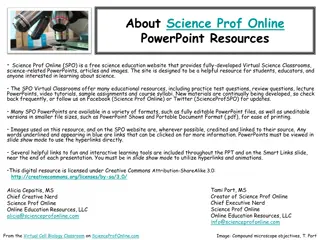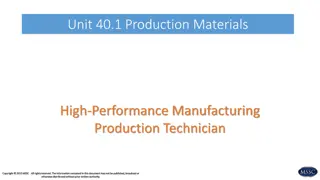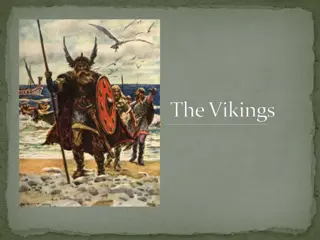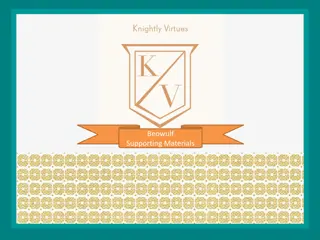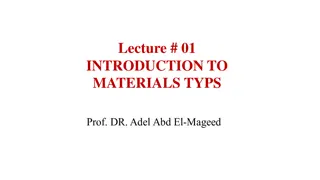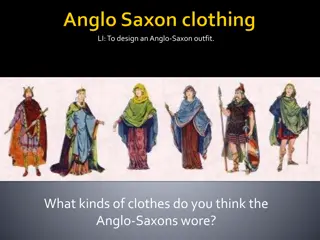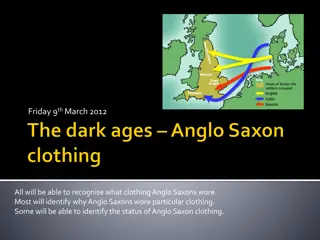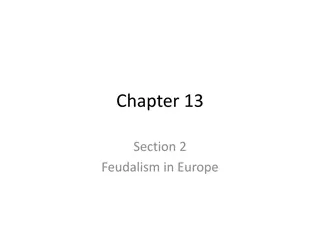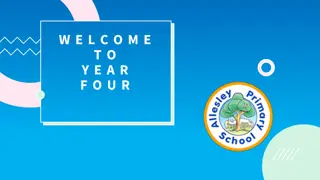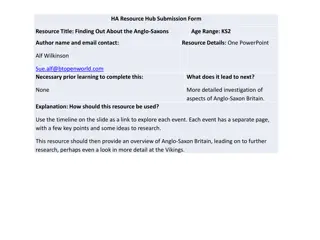Saxons and Vikings Science - Materials and Structures
Learn to differentiate between materials, make precise measurements, strengthen structures, and design purposeful products in this engaging educational program centered around the Saxons and Vikings era. Develop skills in working with everyday materials, exploring their properties, and creating prototypes to showcase your ideas. Gain knowledge in the wider geographical context and use basic maps to understand locations.
Download Presentation

Please find below an Image/Link to download the presentation.
The content on the website is provided AS IS for your information and personal use only. It may not be sold, licensed, or shared on other websites without obtaining consent from the author.If you encounter any issues during the download, it is possible that the publisher has removed the file from their server.
You are allowed to download the files provided on this website for personal or commercial use, subject to the condition that they are used lawfully. All files are the property of their respective owners.
The content on the website is provided AS IS for your information and personal use only. It may not be sold, licensed, or shared on other websites without obtaining consent from the author.
E N D
Presentation Transcript
The Saxons and Vikings Year 1 Year 2 Year 3 Year 4 Year 5 Year 6
Saxons and Vikings Science - Materials DT Make a Longboat Create simple designs for a product Compare and group together everyday materials on the basis of their properties, including their hardness, solubility, transparency, conductivity (electrical and thermal), and response to magnets Make careful and precise measurements so that joins, holes and openings are in exactly the right place Distinguish between an object and the material from which it is made Safely measure, mark out, cut, assemble and join with some accuracy Use a range of simple tools to cut, join and combine materials and components safely Identify and name a variety of everyday materials, including wood, plastic, glass, metal, water, and rock Strengthen frames using diagonal struts Build more complex 3D structures and apply his/her knowledge of strengthening techniques to make them stronger or more stable) Build structures, exploring how they can be made stronger, stiffer and more stable Give reasons, based on evidence from comparative and fair tests, for the particular uses of everyday materials, including metals, wood and plastic Use techniques which require more accuracy to cut, shape, join and finish his/her work e.g. Cutting internal shapes, slots in frameworks Describe the simple physical properties of a variety of everyday materials Design purposeful, functional, appealing products for himself/herself and other users based on design criteria Apply his/her knowledge of materials and techniques to refine and rework his/her product to improve its functional properties and aesthetic qualities Compare and group together a variety of everyday materials on the basis of their simple physical properties Use his/her knowledge of techniques and the functional and aesthetic qualities of a wide range of materials to plan how to use them Choose appropriate tools, equipment, techniques and materials from a wide range Use technical knowledge accurate skills to problem solve during the making process Identify and compare the suitability of a variety of everyday materials, including wood, metal, plastic, glass, brick, rock, paper and cardboard for particular uses Safely measure, mark out, cut and shape materials and components using a range of tools Apply techniques he/she has learnt to strengthen structures and explore his/her own ideas Use a wide range of methods to strengthen, stiffen and reinforce complex structures and can use them accurately and appropriately Describe how the shapes of solid objects made from some materials can be changed by squashing, bending, twisting and stretching Make suitable choices from a wider range of tools and unfamiliar materials and plan out the main stages of using them Create prototypes to show his/her ideas
The Saxons and Vikings Know about the wider context of places e.g. county, region and country Use simple maps of the local area e.g. large scale, pictorial etc. Know location of: capital cities of countries of British Isles and U.K., seas around U.K., European Union countries with high populations and large areas and the largest cities in each continent Use locational and directional language (e.g. near and far; left and right) to describe the location of features and routes Use basic geographical vocabulary to refer to key physical features, including: beach, cliff, coast, forest, hill, mountain, sea, ocean, river, soil, valley, vegetation, season and weather Name and locate counties and cities of the United Kingdom, geographical regions and their identifying human and physical characteristics, key topographical features (including hills, mountains, coasts and rivers), and land-use patterns; and understand how some of these aspects have changed over time Geography Use simple compass directions (North, South, East and West) and locational and directional language e.g. near and far; left and right, to describe the location of features and routes on a map Recognise that different people hold different views about an issue and begin to understand some of the reasons why Describe and understand key aspects of human geography, including: types of settlement and land use, economic activity including trade links, and the distribution of natural resources including energy, food, minerals and water Explain about key natural resources e.g. water in the locality Identify where counties are within the UK and the key topographical features Describe human features of UK regions, cities and /or counties Ask and respond to geographical questions, e.g. Describe the landscape. Why is it like this? How is it changing ? What do you think about that? What do you think it might be like if continues? Understand the effect of landscape features on the development of a locality
Present findings and communicate knowledge and understanding in different ways Use common words and phrases relating to the passing of time Use dates to order and place events on a timeline Describe some simple similarities and differences between artefacts Saxons and Vikings Make comparisons between aspects of periods of history and the present day Sort artefacts from 'then' and 'now' Provide an account of a historical event based on more than one source Identify some similarities and differences between ways of life in different periods Give some reasons for some important historical events Describe Britain's settlement by Anglo-Saxons and Scots Show understanding of some of the ways in which we find out about the past and identify different ways in which it is represented History Describe the Viking and Anglo- Saxon struggle for the Kingdom of England to the time of Edward the Confessor Use a wide vocabulary of everyday historical terms Use a variety of resources to find out about aspects of life in the past Place some historical periods in a chronological framework Describe where the people and events studied fit within a chronological framework and identify similarities and differences between ways of life in different periods Describe a local history study Use sources of information in ways that go beyond simple observations to answer questions about the past Use historic terms related to the period of study Speak about how he/she has found out about the past Use an increasing range of common words and phrases relating to the passing of time Construct informed responses that involve thoughtful selection and organisation of relevant historical information Communicate his/her learning in an organised and structured way, using appropriate terminology Describe memories of key events in his/her life using historical vocabulary
